Pharmacy Cleanroom Essentials: What You Need to Know
Ensuring Compliance and Sterility: USP 797 & USP 800 Cleanroom Standards
In the pharmaceutical industry, maintaining a clean and controlled environment is critical for ensuring medication safety, protecting both patients and pharmacy professionals. Pharmacy cleanrooms serve as regulated environments designed to minimize contamination during sterile drug compounding, ensuring that medications meet strict industry standards. Understanding USP 797 and USP 800 guidelines is essential for designing and operating a compliant cleanroom system. This blog explores the key regulations, design principles, and best practices for pharmacy cleanrooms.
Understanding the Role of a Cleanroom in Pharmacies
Pharmacy cleanrooms function as highly controlled spaces where compounded sterile preparations (CSPs) are formulated under strict contamination control measures. These environments adhere to air cleanliness classifications, microbial limits, and workflow protocols that minimize the risk of contamination. By integrating HEPA filtration, controlled airflow, and rigid sanitation protocols, cleanrooms help prevent exposure to harmful contaminants that could compromise drug efficacy.
Primary Purpose: Maintain a sterile environment for pharmaceutical compounding.
Key Contaminants Controlled: Dust, airborne microbes, aerosol particles, and chemical vapors.
Industry Applications: Hospital pharmacies, compounding facilities, biotech, and pharmaceutical R&D.
By maintaining rigorous cleanliness levels, pharmacy cleanrooms play a pivotal role in ensuring drug safety, efficacy, and regulatory compliance.
USP 797 and USP 800: Understanding the Standards
USP 797 – Sterile Compounding Compliance
USP 797 establishes the minimum practice and quality standards for preparing compounded sterile preparations (CSPs) in healthcare settings. The primary goal is to prevent harm from microbial contamination, excessive bacterial endotoxins, and inaccurate ingredient concentrations.
Key USP 797 Requirements:
ISO-Classified Cleanroom Areas (e.g., ISO 5, ISO 7, ISO 8).
HEPA filtration and unidirectional airflow in primary engineering controls.
Regular environmental monitoring (airborne particles, microbial testing, temperature, and humidity control).
Personnel hygiene and garbing requirements to minimize contamination risk.
Stringent cleaning and disinfection protocols for surfaces and equipment.
Routine certification and validation of cleanroom functionality.
USP 800 – Hazardous Drug Handling Standards
USP 800 expands upon USP 797 by outlining guidelines for handling hazardous drugs (HDs) to protect workers, patients, and the environment. It is specifically designed for compounding and storage of hazardous pharmaceuticals in healthcare settings.
Key USP 800 Requirements:
Dedicated negative-pressure cleanrooms for hazardous drug compounding.
Containment Primary Engineering Controls (C-PECs), such as biosafety cabinets and isolators.
Containment Secondary Engineering Controls (C-SECs) to maintain cleanroom sterility and pressure requirements.
Personal Protective Equipment (PPE) standards for handling hazardous drugs.
Proper hazardous drug storage and waste disposal protocols.
Routine environmental wipe sampling to monitor contamination levels.
Design and Layout Considerations for Pharmacy Cleanrooms
To meet USP 797 and USP 800 compliance, pharmacy cleanrooms must be strategically designed for workflow efficiency and contamination control. Essential components include:
HEPA Filtration Systems: Filters 99.97% of airborne particles as small as 0.3 microns, ensuring ISO-classified air cleanliness.
Laminar Airflow Workstations (LAFWs): Provide unidirectional airflow to minimize particle dispersion.
Negative-Pressure Buffer Rooms: Required for hazardous drug compounding under USP 800.
Segregated Compounding Areas (SCAs): Used for low-risk CSP compounding.
Smooth, Non-Porous Surfaces: Walls, ceilings, and floors should be made of microbial-resistant materials (e.g., stainless steel, epoxy coatings) for easy cleaning.
Airlocks and Gowning Rooms: Prevent the introduction of contaminants into the cleanroom environment.
By implementing smart cleanroom design principles, facilities can streamline operations while maintaining compliance with industry standards.
Essential Cleanroom Equipment for USP 797 & USP 800 Compliance
The right cleanroom equipment is crucial for maintaining a sterile and controlled compounding environment. Key pharmacy cleanroom equipment includes:
HEPA & ULPA Air Filtration Systems for controlling airborne particles.
Biological Safety Cabinets (BSCs) for hazardous drug handling (USP 800).
Compounding Isolators for enhanced containment during sterile preparations.
Environmental Monitoring Systems to track air quality, humidity, and temperature.
Cleanroom Garbing and PPE to protect personnel from hazardous exposures.
Best Practices for Cleanroom Maintenance and Monitoring
Maintaining sterility and compliance requires routine cleaning, monitoring, and personnel training. To uphold USP 797 and USP 800 standards, consider the following best practices:
Daily, Weekly, and Monthly Cleaning Schedules using sterile, industry-approved disinfectants.
Regular Airborne Particle Testing to ensure air cleanliness classification compliance.
Real-Time Environmental Monitoring Systems for instant alerts on contamination risks.
Staff Training and Certification to ensure proper gowning, aseptic techniques, and hazardous drug handling.
Annual Cleanroom Recertification to verify ISO classifications and USP compliance.
Adopting a proactive maintenance plan ensures long-term sterility, regulatory compliance, and operational efficiency.
Invest in USP 797 & USP 800-Compliant Cleanroom Solutions
For pharmacy operations, compliance with USP 797 and USP 800 guidelines is essential to ensure safe, sterile, and efficient drug compounding. At Cleanroom Specialists, we offer custom-designed cleanroom solutions tailored to meet the latest regulatory standards.
Our USP-compliant cleanroom systems provide:
Fully integrated HEPA filtration and airflow solutions.
Customizable layouts for sterile and hazardous drug compounding.
State-of-the-art environmental monitoring technology.
End-to-end design, installation, and certification services.
Ensure your pharmacy meets industry-leading sterility and safety standards with our expert cleanroom solutions.
🔗 Learn more about our USP 797 & USP 800-compliant cleanrooms at www.cleanroomspecialists.com/usp-797-compliant-cleanrooms.

